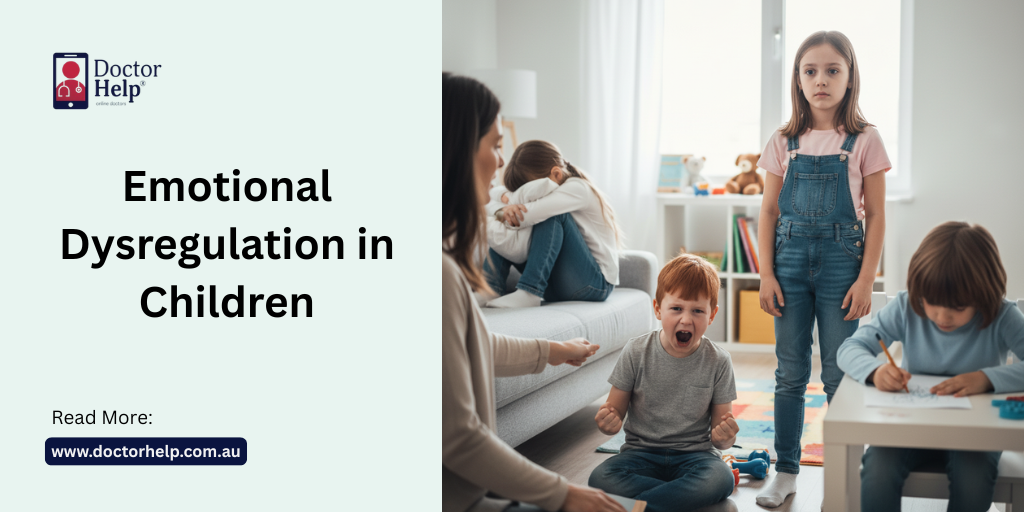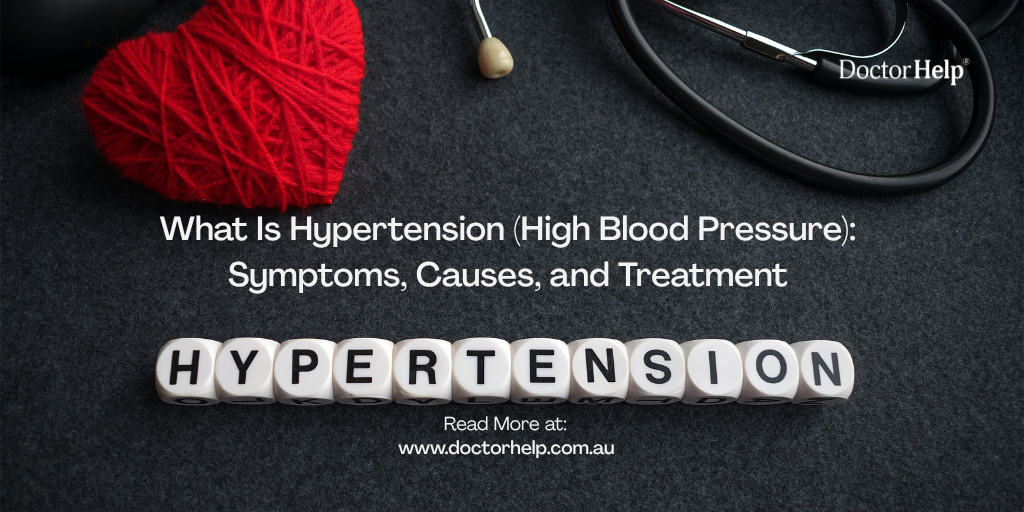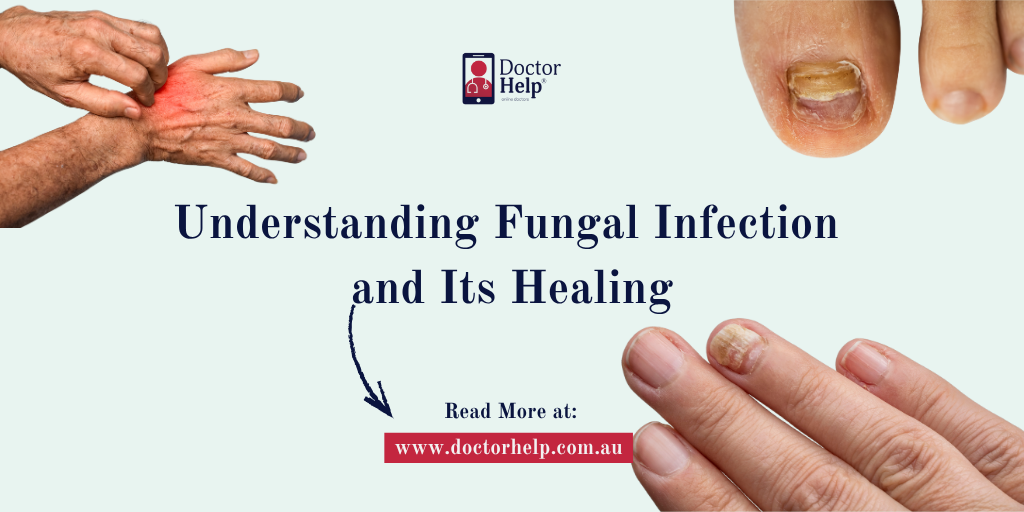Table of Contents
There’s a moment every parent knows too well when your child’s face crumples, their voice rises, and suddenly, the whole room feels smaller. You try reasoning, maybe comforting, maybe even stepping back, but nothing works.
That moment? That’s often emotional dysregulation in children when big feelings take over little bodies.
It’s not bad behaviour. It’s not poor parenting. It’s simply a nervous system that hasn’t yet learned to steady itself. And in truth, every child, at some point, feels this way. The challenge is helping them find their way back to calm.
The Emotional Balancing Act
Kids don’t enter the world knowing how to regulate emotions. They learn it from us, from the way we soothe, speak, and set boundaries. Self regulation in children is like learning to ride a bike without training wheels: messy, wobbly, full of falls, but utterly necessary.
Research notes, emotional regulation develops gradually as the brain matures, especially the prefrontal cortex (the part responsible for impulse control and decision-making).
So when your child is melting down because the toast broke or a friend didn’t share, what you’re really seeing is an immature nervous system trying, and failing, to cope.
And that’s okay. It’s not a reflection of who they are, it’s just where they’re at.
Why Some Kids Struggle More
Every child has emotions that sometimes spill over. But for some, those spills feel like floods.
Children who are emotionally dysregulated often react faster, stronger, and longer than their peers. They might cry easily, get frustrated over small things, or take hours to calm down.
So what causes it? Sometimes it’s temperament like some kids are simply more sensitive to emotional shifts. Sometimes it’s stress at home, developmental conditions, or even emotional dysregulation in children with ADHD.
According to The National Child Traumatic Stress Network, trauma can also affect self regulation in childhood, making emotional balance harder to achieve.
Children who’ve experienced adversity often live in a state of alertness. Their bodies expect chaos, even in safety. In those cases, emotional regulation isn’t just a skill, it’s a form of healing.
How to Calm a Dysregulated Child
When a child’s emotions explode, logic takes a back seat for them, and sometimes for us too.
The goal isn’t to silence the feelings. It’s to make space for them safely.
Start by matching their energy with presence, not power. Sit close. Speak softly. Say less. Sometimes, all a child needs to hear is, “You’re safe. I’m here.”
Once the storm passes, you can help them name what happened. “It felt really big when your tower fell, didn’t it?” That simple naming teaches emotional regulation in children by helping them connect words to sensations.
Trying to “teach” emotional control in the middle of a meltdown is like trying to fix a boat in a hurricane. Wait until the waters calm. Then talk.
Learning to Regulate Emotions
For most kids, learning to regulate emotions happens through connection, not correction.
Here are a few strategies that help:
- Model calm when they’re upset, your nervous system teaches theirs.
- Create predictable routines to give them a sense of control.
- Build small coping rituals, like deep breathing or counting slowly.
- Praise effort, not perfection. “You took a breath before you yelled, that’s huge.”
If you’ve ever searched for “emotional regulation skills for children,” you’ve probably seen endless charts and breathing exercises. They’re helpful, sure. But the real learning happens in the moments between like bedtime chats, quiet drives, small victories.
That’s where emotional regulation is truly built.
When Emotional Dysregulation Becomes a Daily Struggle
Some children’s emotions feel like they’re constantly in overdrive. They might lash out, withdraw, or seem “stuck” in frustration.
When emotional reactions start affecting friendships, learning, or family life, it’s worth reaching out for professional support.
A paediatrician or child psychologist can guide you through emotional dysregulation in children diagnosis, ensuring nothing deeper, like ADHD or anxiety, is being missed. Sometimes, therapy focused on emotional literacy or parent-child interaction works wonders.
In some cases, especially when ADHD or mood disorders are involved, medication for emotional dysregulation in children may be discussed. But it’s never a standalone fix. The medication should always be part of a larger plan. One that includes therapy, family support, and behavioural tools.
The Quiet Impact of Adversity
Children who’ve faced trauma, instability, or maltreatment often carry it in invisible ways. For them, emotional dysregulation in children who have experienced adversity isn’t defiance. It’s a nervous system wired for survival.
Healing starts with safety, consistent routines, gentle tones, and a home that feels predictable. Over time, their body learns that calm isn’t dangerous.
When parents or caregivers work with trauma-informed therapists, even through telehealth, the ripple effect is powerful. Slowly, the child learns to trust that emotions don’t have to feel like explosions. They can be weathered.
What About Adults?
It’s worth mentioning that emotional dysregulation in adults is surprisingly common. Many of us were never taught how to manage our own feelings, and those patterns can echo in how we respond to our kids.
If you’ve ever found yourself losing patience, feeling exhausted by your child’s emotions, or struggling to stay calm, you’re not alone. Learning to regulate your own emotions helps your child do the same. Parenting is, in many ways, a shared regulation process.
Read: Emotional Dysregulation: What It Is and How to Regulate Emotions
A New Way to See Emotional Dysregulation
Here’s a truth few people talk about: a child who’s struggling to control their emotions isn’t giving you a hard time. They’re having a hard time.
That simple shift changes everything.
It moves us from reacting to understanding. From punishment to patience. From shame to support.
Once you begin to think of emotional regulation in children as a long-term process rather than a battle to be fought on a moment-to-moment basis, things become softened. And by teaching self regulation in children, you are not only assisting them in their anger or sadness management. You are establishing the basis of empathy, confidence and good relationships throughout your life.
When you are at the end of your wits and you do not know what to do to get your child to relax in the mess you do not have to work it out on your own. Our Australian telehealth experts will focus on families who have to cope with emotional dysregulation in children and provide them with practical tools that are specific to the tempo of your child.
You can book an online session today. Every child is entitled to the opportunity to feel safe within their feelings and each parent is entitled to a moment of relaxation, as well.
References:
- Martin, R. E., & Ochsner, K. N. (2016). The neuroscience of emotion regulation development: implications for education. Current Opinion in Behavioral Sciences, 10, 142–148.
https://doi.org/10.1016/j.cobeha.2016.06.006 - Peterson, S. (2018, June 11). Effects. The National Child Traumatic Stress Network.
https://www.nctsn.org/what-is-child-trauma/trauma-types/complex-trauma/effects - Emotional dysregulation in children who have experienced adversity. (2018, May). Australian Institute of Families Studies.
https://aifs.gov.au/resources/practice-guides/developmental-differences-children-who-have-experienced-adversity-guide-no1














